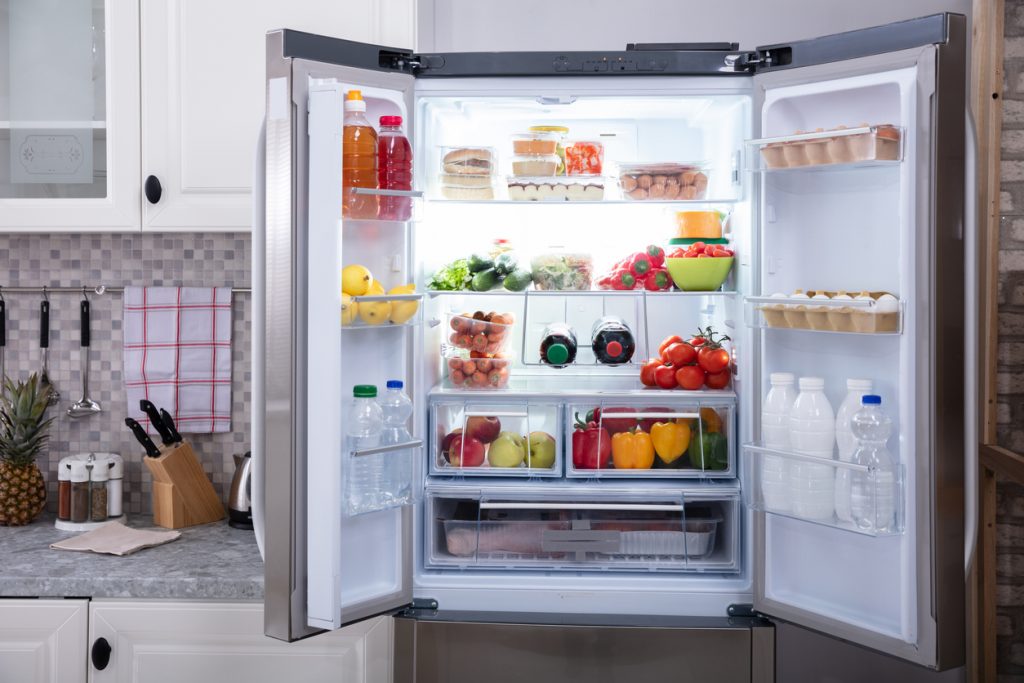Your refrigerator may be a mystery with all its little compartments and drawers. Because of this, most people simply don’t really know how to keep their food at its best temperature for freshness. Ponder no more! Here is the best way to keep your food in your refrigerator with all those little compartments and drawers demystified!
When you consider that temperature and humidity conditions can vary throughout any refrigerator, it’s best to maximize those conditions to suit the type of food. Door shelves and upper shelves will be warmer than the bottom shelf. Crisper drawers can be adjusted for humidity depending on contents’ needs. Once you understand your refrigerator, it will become more apparent where the optimum areas are for certain foods.
Eggs
You probably have a little container for your eggs that came with the refrigerator. Here is where you want to ignore that compartment. Always store eggs where the temperature is consistent. That would be on the middle shelf of the refrigerator. We know you hated taking the eggs and placing them in this compartment anyway so you are off the hook!
Meat and Dairy
The coldest area of the refrigerator is on the very bottom shelf toward the back away from the door. Keep all dairy and meat products there. Because this is the least accessible area of the fridge, a turntable is handy for retrieving the items in the back. Meat should be kept in an open shallow tray in case of leakage.
Fruits and Vegetables
Here is where the mystery of the crisper drawers come into play. Vegetables that wilt easily require a bit of moisture whereas fruits and vegetables with thinner skins such as apples and grapes don’t like humidity. The crisper drawer marked for vegetables should offer that exact humid environment. Fruits, likewise, should be kept in the appropriately marked drawer since, in theory, it provides a less humid atmosphere. Leave both unwashed until you use them as you don’t want excess water that may aggravate mold growth.
Butter
Butter and any soft cheeses don’t require as much cold so that is why you typically see that compartment on the top of the door shelving.
Condiments
Because condiments are typically high in natural preservatives like salt and vinegar, they are safe being stored in the warmest area of the refrigerator which is the door shelving. Most oils can be stored in the pantry with the exception of sesame, walnut, and olive oils. Olive oils like to be at a moderate temperature around 14C so often the best place to store it is the door of the fridge. Olive oils will get cloudy and solidify so take care to factor in a few extra minutes to let your olive oil come to temperature to liquify.
If your refrigerator is simply not keeping your food fresh, it may be time to call for an appliance repair in San Diego. Call the professionals at San Diego Appliances Repair Company for all your appliance repair needs.
Contact us:
(619) 719-5005
[email protected]
